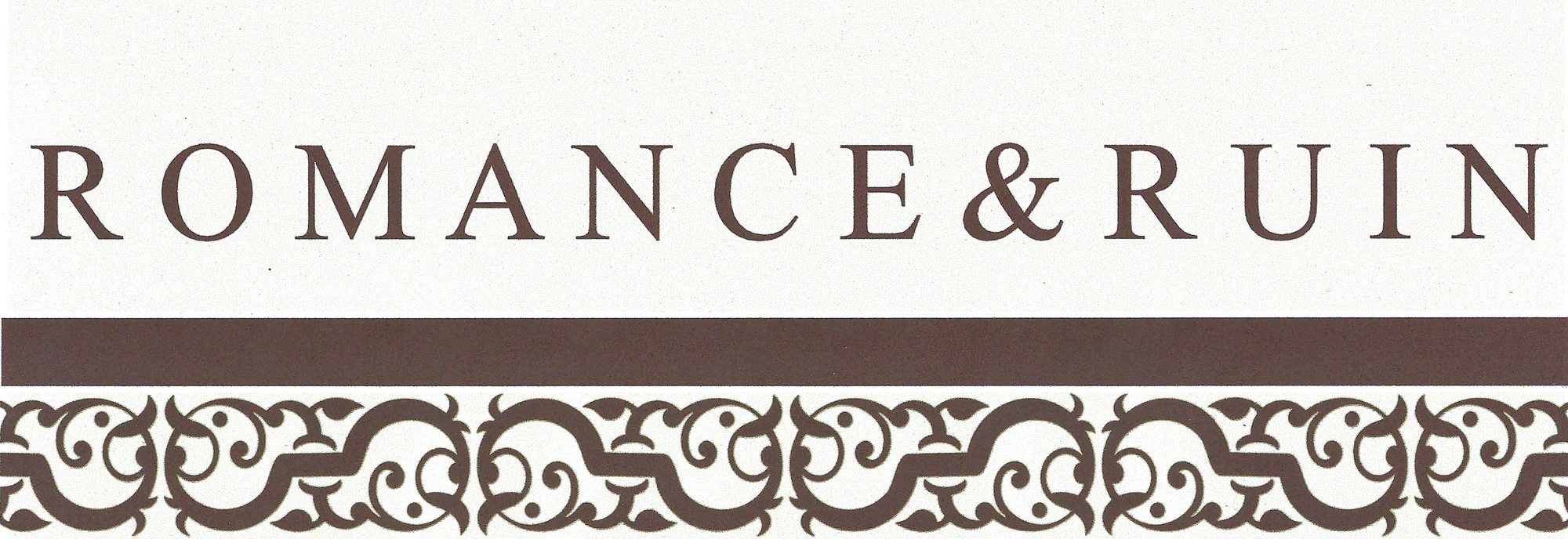**MOTHER'S DAY SALE 25% OFF APRIL 20-26, 2024** Canada & US: FREE SHIPPING on orders $75 USD + with $5 FLAT RATE USD on all other orders //INTERNATIONAL FLAT RATE $15 USD
May 28, 2023
Some of my favourite pieces for repurposing into my jewellery creations, are collected from vintage and antique timepieces-pocket watches, fobs, watch cock covers, and watch chains. The beauty and detail of these watches, and the parts used to make them, are so lovely making them very appealing in designing jewellery.


Watches have been the most common fashion accessories for men. Even though many of us think of pocket watches as a Victorian era accessory, the earliest forms of pocket watches were developed in the 16th century and were commonly used until wristwatches became popular, particularly after the First World War.
The earliest pocket watches had an hour hand, were wound with a key, and drum shaped cylinders measuring several inches in diameter. Minute hands were added in the late 17th century. Men and women wore these early watches on view, and they were attached to clothing or as a pendant on a chain around the neck.

Pocket watches normally had a chain so they could be attached to a waistcoat, belt loop or lapel. The length of the chain was determined by where it was worn. Some watches were attached with a shorter leather strap, ribbon, or fob to prevent getting caught. Watch chains also became a popular style of hairwork jewellery. Women would create a watch chain from a braided lock of hair and provide it to their sweetheart as a reminder of their love.

Changing fashion styles of the 17th century influenced watch styles to change from being worn as pendants around their necks to being worn in their pockets. King Charles II was credited with popularizing the trend with his ushering in of waistcoats which included a small pocket specifically meant for holding the watch. The shape of watches began to evolve into the rounded, flattened shape we know today to accommodate fitting into pockets.




Chains were often decorated with pendants, medals, seals, along with practical items such as winding keys, and vesta cases. The chains or ornaments attached to the watch are known as “fobs”. In the 18th century men began to conceal their watches in pockets leaving the chains on display, and women attached their watches to chatelaines.


As chain-style fobs were beginning to be made of jewellery quality metals such as gold, silver and platinum, they became valuable, and considered luxury items. It was common to see advertisements offering rewards for the recovery of stolen watches in 18th century newspapers.


Throughout all of the evolutions of the pocket watch, they have always continued to be magnificent works of art—things of beauty. The creation of more elaborate fobs was an extension of this beauty and chain designs became fancier. And while men carried their watches in pockets, women continued for the most part to wear them as necklace or brooch pendants. These watch pendants were designed into unique shapes such as stars, flowers, insects, and animals.


By the turn of the 19th century, the elaborate style of pocket watches fell out of favour with most men who turned to the more practical wristwatch, which quickly spread across the world.
Today, many of these lovely pieces have become collector’s items, and for some of us, cherished components to reimagine and use in creating elegant new jewellery that will continue to charm us with their beauty.


Do you have any antique timepiece jewellery pieces in your collection?
Keep Sparkling!
Marian xoxo
Comments will be approved before showing up.
July 31, 2023
March 21, 2023
February 17, 2023

